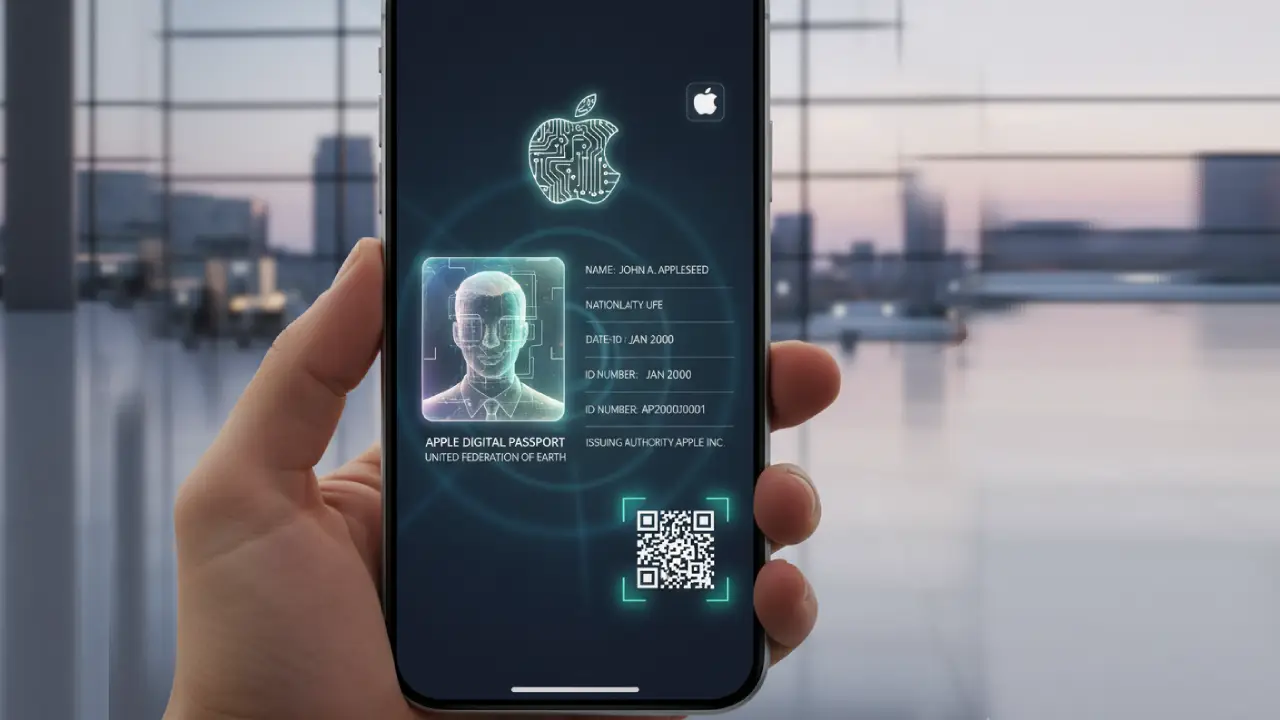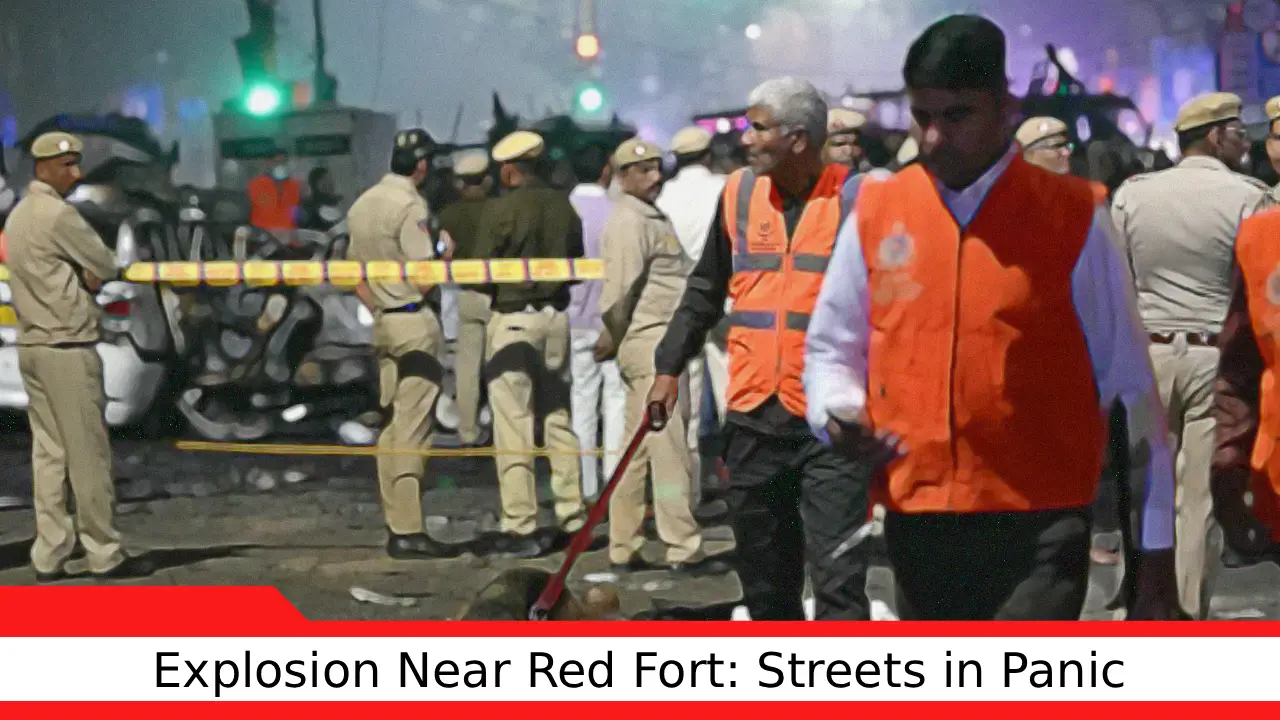7 Restaurant Website Design Tips That Attract More Diners Online

7 Restaurant Website Design Tips That Attract More Diners Online

What Is Restaurant Web Design?
Restaurant web design refers to the process of planning and building an online presence that effectively communicates a restaurant's brand, menu, atmosphere, and contact options. It's more than just a digital menu it's a visual and functional extension of your dining experience.
In today's competitive dining landscape, restaurant websites need to be accessible, fast, and mobile-friendly. Whether you're a local café, fine dining spot, or fast-casual kitchen, your website plays a key role in how diners discover, evaluate, and interact with your business.
Why Does Restaurant Web Design Matter?
In the digital era, a restaurant’s first impression is often made online. Diners rarely walk in without checking out a restaurant’s website, browsing the menu, viewing photos, or reading reviews. If a site feels outdated, cluttered, or hard to use, it can quietly deter potential guests before they even consider making a reservation.
Well-structured web design helps establish credibility, supports online ordering or reservations, and ensures people can access what they need quickly. A reliable website design company understands how to align design with user behavior, ensuring your site supports both discovery and decision-making.
How Can You Improve Your Restaurant’s Web Design?
This guide outlines seven practical web design tips that help restaurants enhance user experience, drive traffic, and encourage bookings without relying on bloated features or unnecessary visuals. Whether you're revamping an existing site or starting from scratch with a website design company, these tips offer a framework that puts functionality and clarity first.
1. Highlight Key Information First
When someone lands on your homepage, they’re usually looking for one of a few things:
- What’s on the menu?
- Where are you located?
- What are your hours?
- Can they reserve or order online?
This key information should be visible above the fold the part of your website visible without scrolling. It’s a core element of effective web design.
Checklist for high-priority content:
- Address and contact number placed in the header or footer
- Menu link featured in the top navigation bar
- “Order Online” or “Book Now” button in a prominent location
- Integrated map and directions on the contact page
2. Use Authentic Photos That Reflect the Experience
Diners want to see what your food and atmosphere look like before visiting. That’s why real photos are essential to restaurant web design. Avoid generic stock images and instead showcase:
- Dining area and decor
- Signature dishes and drinks
- Kitchen team and service moments
A professional website design company will recommend using authentic, high-resolution images that feel aligned with your restaurant's style and branding.
3. Prioritize Mobile-First Design
More than half of restaurant website visits come from mobile devices. This means your web design should work perfectly on smartphones before anything else.
Key mobile-focused design elements include:
- Fast page load times
- Large tap targets and easy-to-use buttons
- Click-to-call phone numbers
- Simple navigation and scroll-friendly menus
If a mobile visitor can’t read your menu or find a reservation button quickly, they’ll likely bounce and choose another restaurant. Mobile-first web design is no longer optional.
4. Build a Menu Page That’s Easy to Browse
Your menu is one of the most visited pages so it should be fast to load, simple to navigate, and easy to update.
Avoid uploading menus as PDFs or images. Instead, create an interactive menu page that allows diners to scroll through food categories and view:
- Dish names, ingredients, and prices
- Dietary symbols (e.g., vegan, gluten-free)
- Seasonal specials and combos
A capable website design company can build a CMS-based structure that makes updating your menu quick and painless.
5. Guide Visitors With Clear Calls to Action
A great web design isn’t just about looks it’s about function. Calls to action (CTAs) help guide users toward key decisions such as booking a table, ordering online, or checking out daily specials.
Common CTA examples:
- “Reserve a Table”
- “Order for Delivery”
- “Today’s Specials”
- “Join Our Loyalty Program”
Each CTA should stand out visually, use clear language, and appear naturally after someone reads about your food or browses your gallery.
6. Display Social Proof Strategically
People often decide where to eat based on reviews, photos, and social validation. Your web design should make this content visible without cluttering the page.
Ideas for integrating social proof:
- Live review feeds from Google or Yelp
- Instagram galleries with tagged posts
- Awards or media mentions in banners
- Customer testimonials on the homepage
A good website design company can help embed these features while keeping the site clean and fast.
7. Keep Branding Elements Consistent
Your restaurant’s web design should reflect the tone and style of your dining experience. Consistency builds recognition and trust.
Design elements to align with your brand:
- Color palette inspired by your interiors or logo
- Typography that matches your overall vibe
- Button styles, icons, and spacing used consistently
- Logo placement that reinforces identity
Restaurants often work with a website design company to define a visual system that works across the homepage, menus, about pages, and contact sections.
Bonus: Supportive Features That Add Value
Beyond layout and imagery, strong web design includes backend and technical features that support your restaurant’s goals:
- SEO structure for better search visibility
- Accessibility features to ensure usability for all guests
- Reservation integrations (e.g., OpenTable, in-house systems)
- Google Analytics setup for performance tracking
- Easy content updates for hours, events, or menu changes
Moving Forward
A restaurant's website functions as a digital storefront. Whether someone’s planning a birthday dinner or looking for a quick lunch spot nearby, the experience your site delivers often shapes that decision.
Strong web design isn't about flashy visuals it's about ease, clarity, and aligning with real-world dining expectations. By following these seven tips, restaurants can transform their site from a static brochure into a dynamic tool that drives more engagement, bookings, and returning customers.
If you're looking to revamp your online presence, consider partnering with a website design company that understands the restaurant industry and how users behave online. The right structure, visuals, and features can help your business stay ahead one click at a time.







